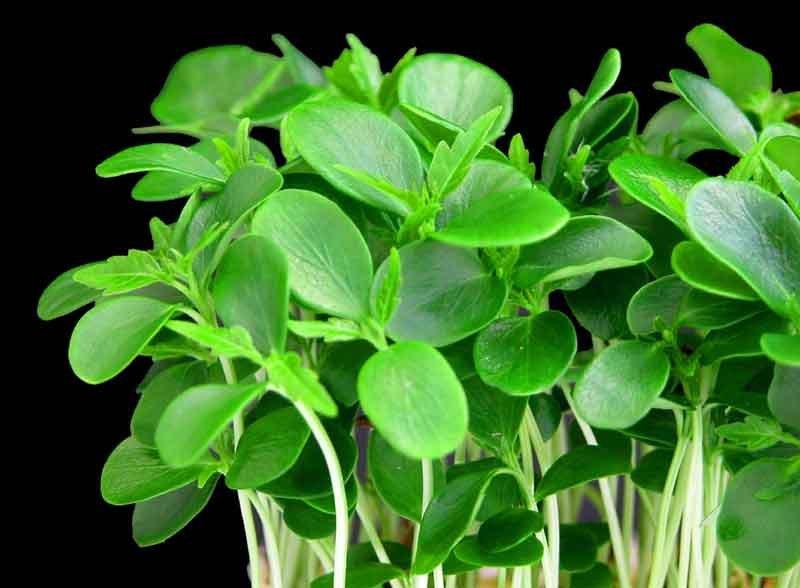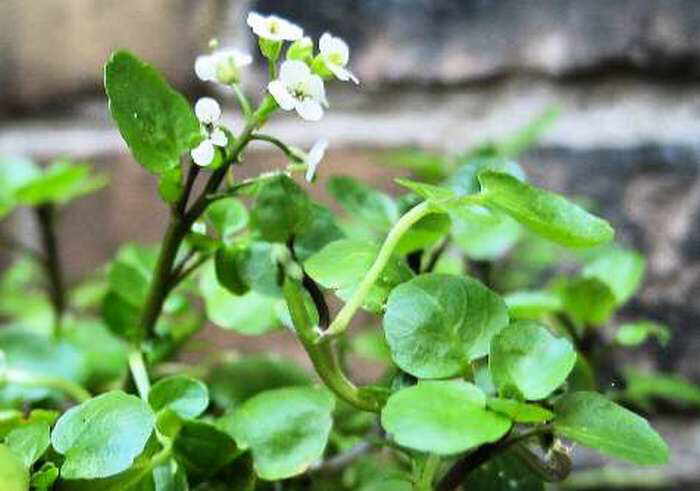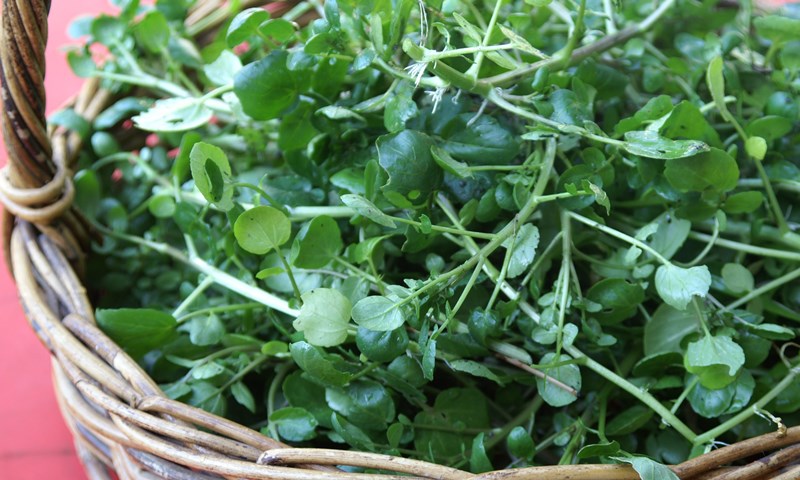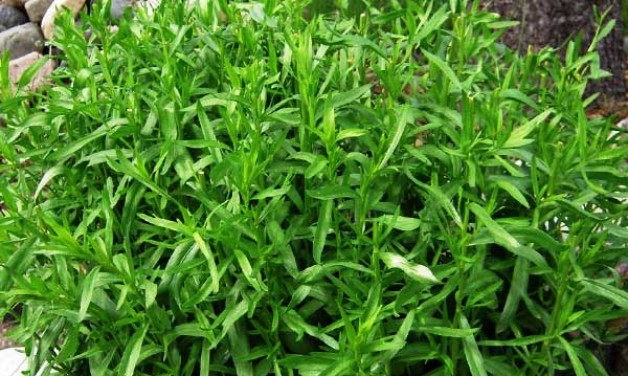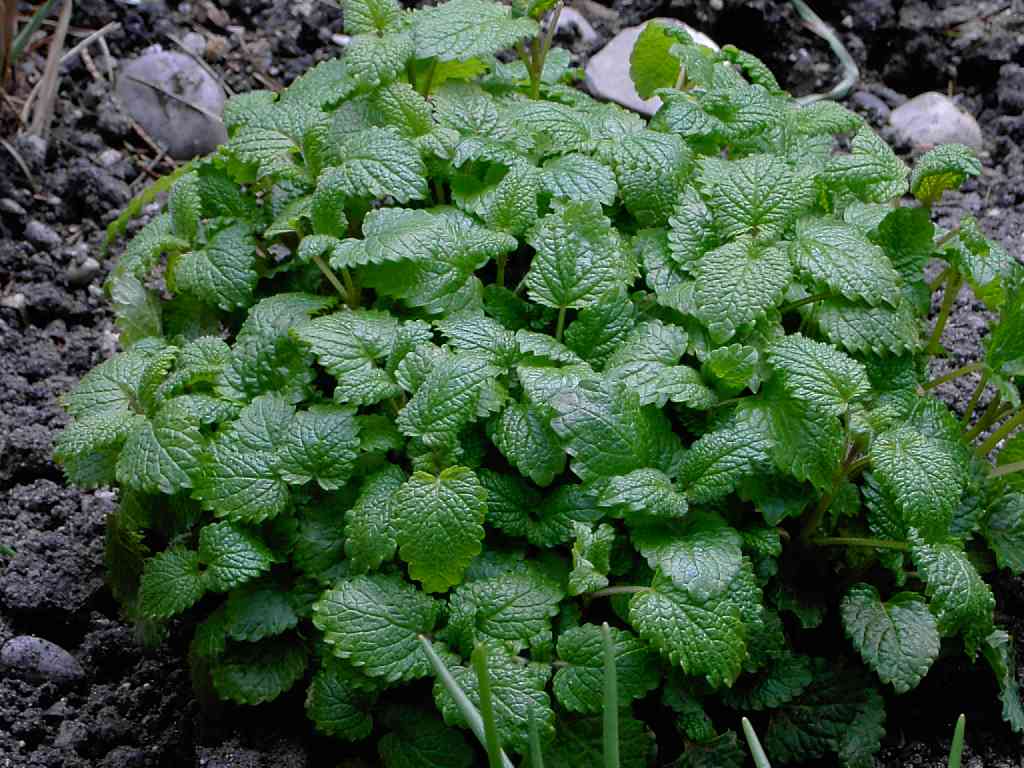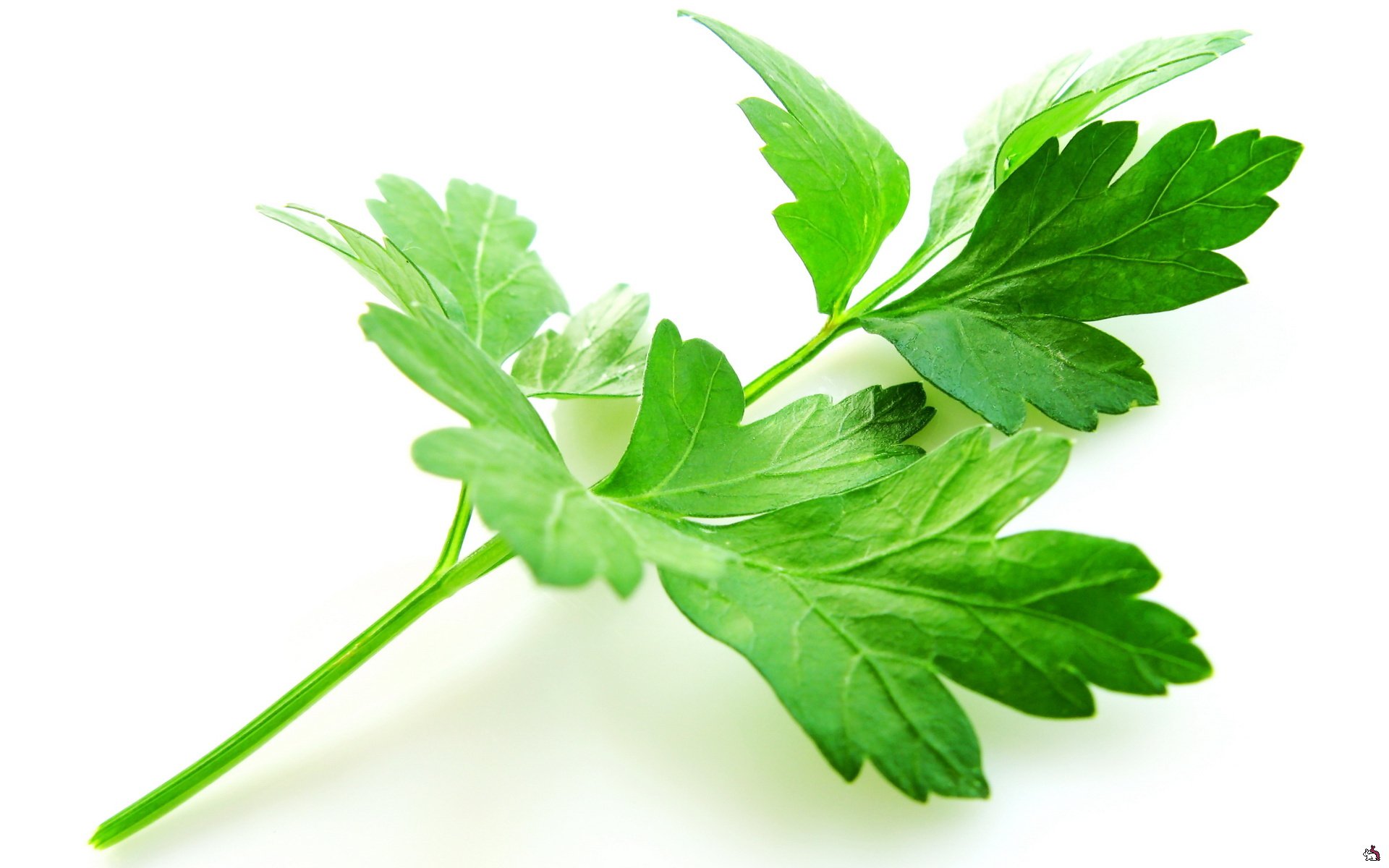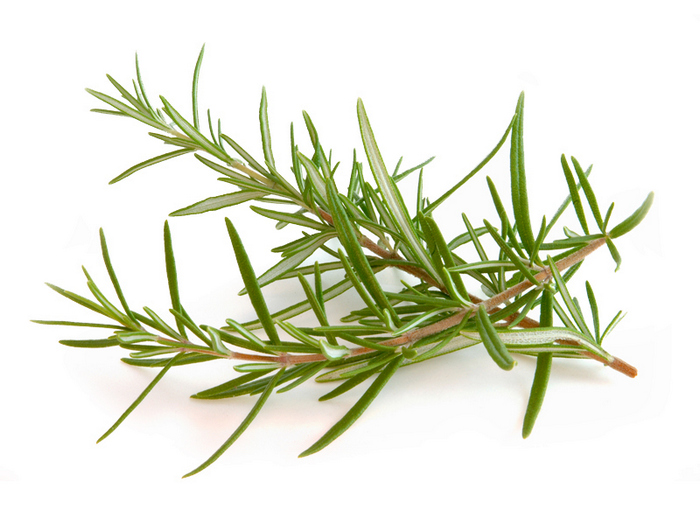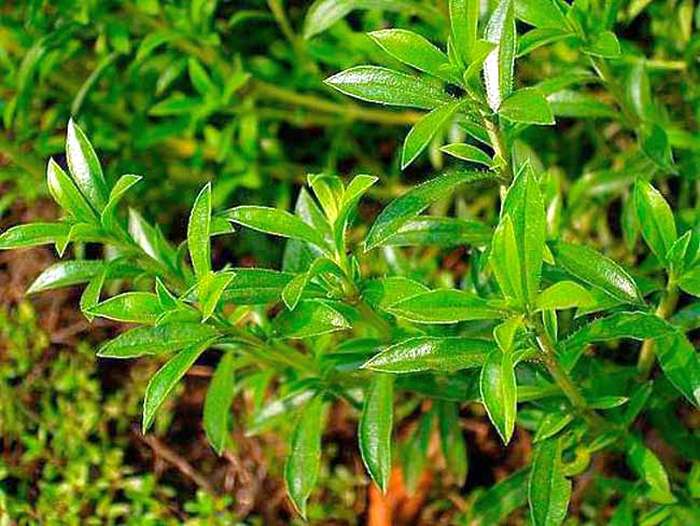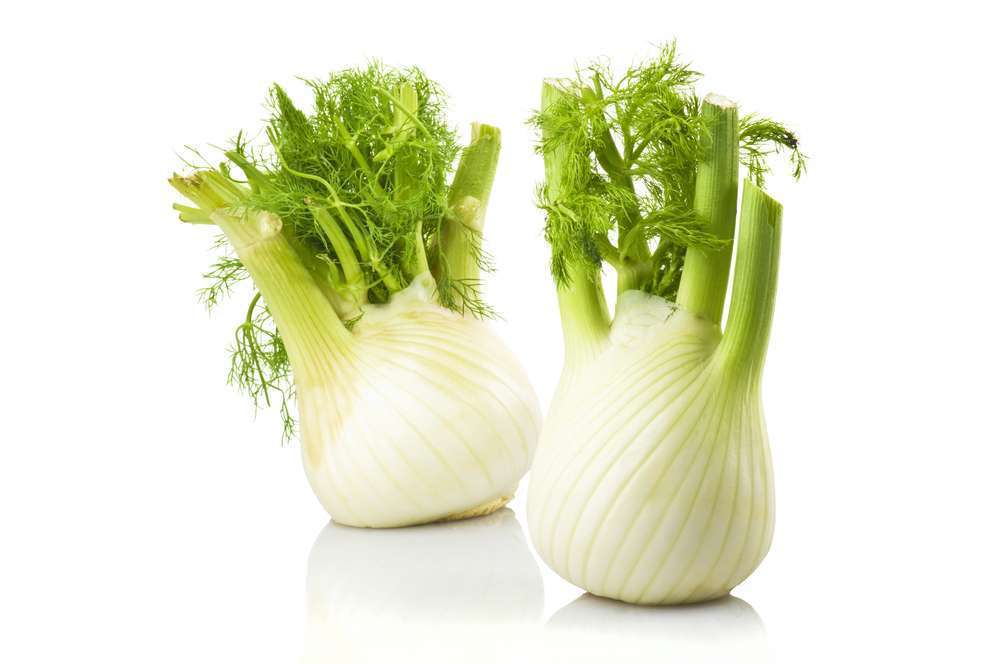Content:
In the Middle Ages, the plant called common watercress was popular among the Romans and Greeks as a medicinal plant. Due to its high vitamin C content, it has been used as a treatment for fever and as a prophylaxis against scurvy. In the countries of Asia, Western Europe and America, the salad green culture has been used for a long time. Currently, the plant, which has a "botanical" and several popular names, is distributed all over the world. Most often it is called watercress. A perennial aquatic plant is used in cooking and folk medicine.
In its natural environment (in the wild) it grows on clean sources: around streams, ponds and lakes, not only in the warm season, but almost all year round, which makes it a unique supplier of vitamins in early spring and late autumn. It is rare that lettuce is cultivated commercially. Summer residents and vegetable growers are engaged in its cultivation on their backyards, where there are reservoirs. Some people breed watercress at home on a windowsill or balcony.
Watercress: what is it
Watercress has a scientific name - nasturtium officinale (Naxturtium officinale). It has several popular names: white watercress, colza, water mustard, bitter salad, watercress, bitter watercress.
Spicy herb is a perennial green aquatic plant. It grows rapidly, from 10 to 40 cm in height and belongs to the Cruciferous family. The branching stems are hollow, strong, and float on the surface of the water. Evergreen, alternating, often unpaired leaves are oval or rounded, freely distributed along the ascending stems. With fleshy leaves, the plant looks very juicy. The leaves have a bitter, slightly tart taste, reminiscent of something between the taste of mustard and young horseradish roots.
Ripening type - mid-season, vegetation lasts for 40-45 days. During flowering, watercress is covered with countless white flowers collected in inflorescences, therefore it is sometimes called white watercress. Blooms from May to September. The petals are tiny. The pods are short and oblong, up to 2 cm long, directed upwards. The pod contains small reddish-brown seeds.
Vitamin and mineral composition of watercress: vitamin C, iron, iodine, selicylates, mustard oil, essential oil, sulfur, zinc.
Agrotechnics
Breeding watercress is not difficult at home. He does not need to create any special conditions for growth. A good combination of sun and shade, as well as plenty of water, which is rich in nutrients, are the main ingredients for making watercress.
Watercress can be cultivated in different ways, the main thing is in clean and cold water.
Getting watercress at home
The best time to plant is from May to July. Watercress seeds can be purchased at seed stores. The most widespread and used watercress salads on household plots are: "Ducat", "Podmoskovny", "Spring", "Kudryavy", "Large-leaf". Package weight - from 1 to 5 gr.
Sowing is carried out in a tray with prepared soil. The seeds are covered with earth and watered. It is necessary to ensure that the ground is always moist, since the plant in its natural environment, although it is in water and feeds on water, is rooted in the ground, near the shores of water bodies. If the sprout size is 4 to 6 cm, the plants need to be thinned out.When the watercress reaches a height of 8-10 cm, it can be collected. Usually, after a month and a half, the plant reaches a height of 40-50 centimeters.
Some growers have started to use the hydroponic growing system in the cultivation of watercress. It is easy to do this at home. A wide container is 2/3 filled with moss, on which the cress is planted quite tightly. Moss is done with a nutrient solution. Ideal or similar fertilizer can be used. With a rapidly growing watercress in the house, a lawn of spicy greenery will soon form on the window.
Growing in personal plots
If it is cultivated in the conditions of summer cottages and household plots, you should pay attention to the water supply, that is, create the conditions of the natural habitat. It is necessary for the plant to constantly receive fresh water. The first thing to do is get the watercress sprouts. They can be sprouted in a tray with constant watering, as when grown at home, or cuttings with sprouted roots can be used.
On the site where watercress is supposed to be cultivated, you need to dig a trench 40 cm deep, put garden compost, rotted manure or peat on the bottom, which help accumulate moisture in the garden, pour a layer of earth (7-10 cm) on top, organic matter and plant roots, cuttings or seedlings obtained from seeds. The trench needs to be watered, but not overfilled. When the seedlings grow up noticeably, the water level can be gradually increased. However, fresh and clear water with sufficient nutrient content should be used to prevent pathogens from entering the crop.
It is best to fill the trench with slowly flowing water. Inflow and outflow are required to relieve pressure and regulate water levels. The optimum water temperature should be between 10 and 12 ° C. Watercress also grows at 30 ° C. Plants can remain outdoors in winter as they are hardy, withstanding temperatures down to -20 ° C, but they should not freeze in water. Watercress does not freeze in flowing waters. If in winter you cannot ensure the flow of water where lettuce grows on your garden plot, you need to at least prevent it from freezing in a pond or a trench where plants are located. Gardeners place a wooden board in the water, which prevents the water from freezing.
Alternatively, in the winter, you can transplant the plants into trays, as was done when receiving watercress at home, and in the spring you can return to cultivating watercress in your garden.
Watercress care
The only condition for cultivation and harvesting is fresh and clean water. Watercress should always be in the water as long as only the tips of the plants are visible. Always keep the water clean.
Location - loves bright sunlight, but a little shade in the midday heat will be fine.
Watering - needs a lot of water and must be watered daily.
Collection
When harvesting, proceed as follows: Cut the branches with leaves above the ground so that the stems can multiply. If you've harvested the top of the plant, it still needs a lot of water. The parts of the plant used are its leaves. Since the active ingredients of watercress are largely lost on drying, there is no benefit to drinking.That is why it is consumed fresh or stored in a plastic bag in the refrigerator for a week. The plant's spicy properties can irritate mucous membranes, so it cannot be used daily.
Diseases and pests
Since the watercress grows in the garden plot, it is not immune to pests. Slugs and fungal diseases can damage the plant or destroy it. The area where the watercress grows should be checked at all times for snails. Chemistry in this case is not an assistant, no spraying, since you are eating the leaves.
Another disease is mold fungus. Due to the large amount of water, the downy mildew fungus can develop, making the watercress inedible. In this case, the choice is yours: either you completely dispose of the entire plantation, or leave it as a decoration in the garden, there will be no harm from this.
Using watercress
Watercress is a delicious spice for salads and food of all kinds. Used fresh as an appetizer. Watercress greens will decorate any salad, scrambled eggs or sandwich, giving them a spicy mustard taste and aroma. Chopped herbs are added to soups and served as a garnish for meat.
Heat treatment and mixing with other spices are undesirable. There is a positive effect of taking fresh watercress juice. You can drink a maximum of three times a day, a teaspoon of juice diluted in a glass of water. The drink used has an invigorating and blood-purifying effect.
